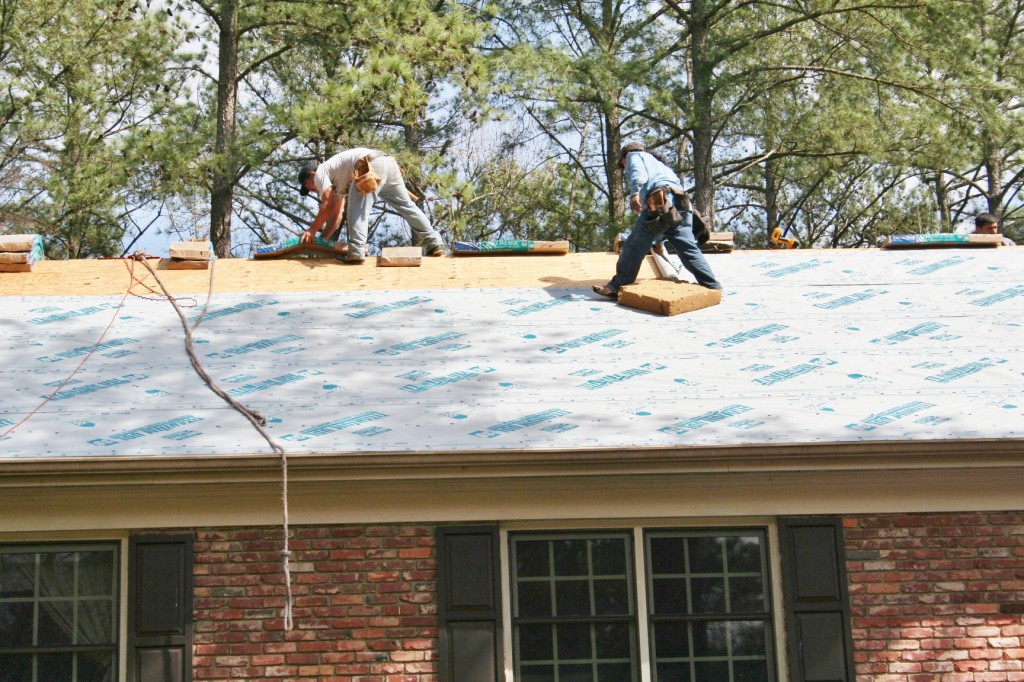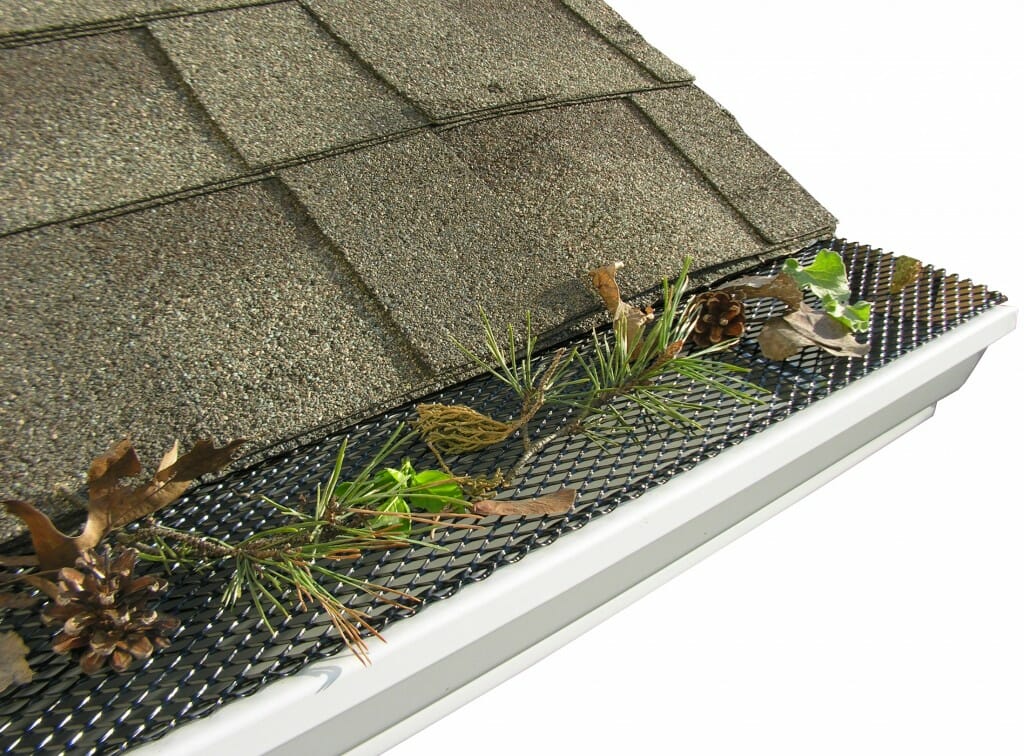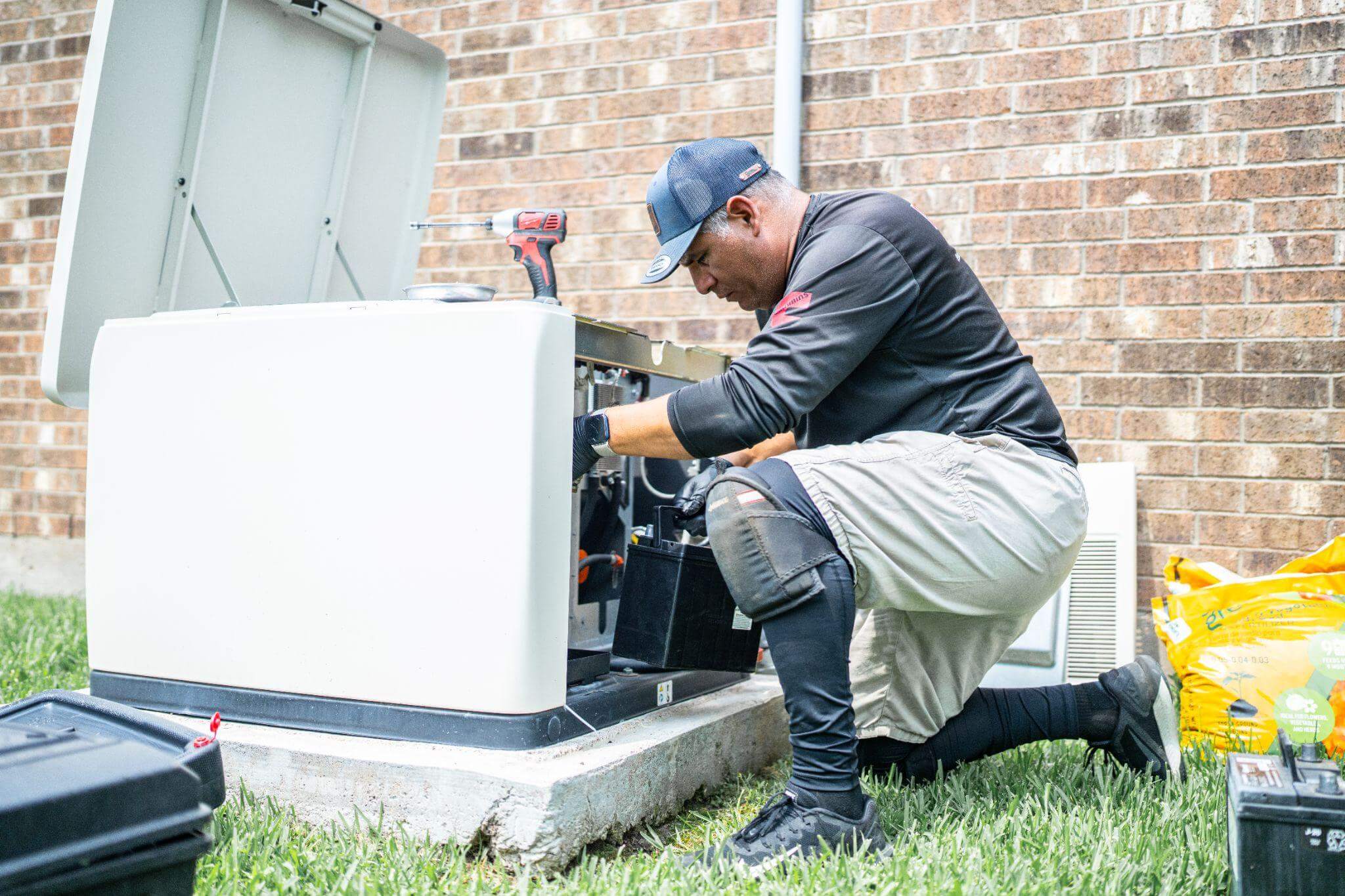Are you doing a roofing project?
Modernize can pair you with three to four pros in your area, so you can compare options and save time and money.
Savvy homeowners know that top quality roofing keeps your home dry and prevents serious weather damage. But quality roofing only goes so far to fight off the elements—without a bit of maintenance, it can succumb to the elements almost as easily as the low quality stuff that most of us try to avoid. Waterproof roofing and weather-proof roofing need some upkeep.
If your roofing is of subpar quality, your main focus should be a roof replacement that allows for installing a more durable and long-lasting roof. But if you already have top-notch roofing and just want to further weather-proof your home, look no further than these simple techniques that will make a real difference.
Deicing Cables
Ice dams are serious buildups of ice that often overwhelm gutters and clog up your roof system so that it doesn’t function properly. If you suffer from frequent ice dams, deicing cables is one of the best ways you can protect your roof. The cables are simple to install and they work to break up the ice before it can build up too much.
How the Cables Work
Deicing cables essentially means heating cables that run on electricity to warm up. When you plug the cable into an outlet, it quickly heats to a temperature warm enough to melt the ice. By installing the cables in a location where ice frequently builds up and then running those cables down into a gutter, the ice is melted and runs down through your gutter system and off your roof.
Installing the Cables
Deicing cables aren’t difficult to install—you can do them yourself as long as you’re confident about climbing up safely on the roof. The cables are mounted underneath existing shingles to keep them from causing a leak. Simply mount the cables in a series of locations crisscrossing over the section that builds up with ice the most. Make sure that a bit of the cable dips down into the nearby gutter and run it down through the downspout as well to help warm it a bit and to encourage water flow down and out the gutters. Now run the end of the cable down to a nearby exterior plug and plug it in when you need power and unplug it when the ice is all melted away. It’s that simple.
Peel and Stick Underlayment
Most roofing companies rely on tar paper for their roof underlayment installations. It’s cheap, it’s easy to put on, and it’s an old standby—but that doesn’t mean it’s the right option for your home. When you’re having new roofing installed, consider a peel and stick waterproof underlayment instead of tar paper. It will go a long way toward having waterproof roofing.
Find the Right Contractor for Your Roofing Project
Whether you’re ready to begin your project now or need some expert advice, our network of contractors are here to help. With a few simple questions, we’ll find the best local professionals for you
This underlayment relies on adhesives to lock it in place and requires no nails—which means fewer points of failure for the seal. Peel and stick underlayment is far more flexible than tar paper, making it easier to install around hips and valleys without tearing. It’s also far more difficult to tear, making it more wind resistant and durable over time.
While the best insurance is to rely on this type of underlayment all over your home, at the very least it should be used around roof edges to protect against ice buildup and strong wind. It’s more expensive than standard tar paper, but when used in small sections it’s quite affordable—and for the added protection it’s worth the added expense.
Upgrade Attic Insulation
Your attic insulation might not seem like a real concern for weatherproofing your roof, but in northern climates it does make a difference. Let’s say your roof is covered in snow. If too much hot air escapes through your roof, the snow will melt and form ice. This is the last thing you want, because the ice can damage roofing and make for an extremely dangerous surface for doing routine winter roof maintenance.
To solve this issue, install quality insulation in the attic designed to keep the heat inside your home and away from your roof. Have it installed by a professional if you aren’t sure what you’re doing.
Install Gutter Guards
The gutters of your home help redirect water so that it doesn’t pool at the foundation and cause damage to other areas of your home. Gutters are like the highway system of your home, but if they aren’t maintained properly and kept clean they can clog up and cause problems. If you live in an area with many trees, consider gutter guards. These grates or cages are installed overtop of your gutters to keep leaves and other large debris from collecting, while water continues to flow freely. With gutter guards, most of the debris will simply blow off your roof, and cleaning off anything that doesn’t will be a quick and easy task with a stiff-bristled broom. They’re easy to install yourself, with just some basic hand tools and a ladder.
Here’s to your new and improved waterproof roofing!
Find the Right Contractor for Your Roofing Project
Whether you’re ready to begin your project now or need some expert advice, our network of contractors are here to help. With a few simple questions, we’ll find the best local professionals for you
Reviews from Real Homeowners
Welcome to Homeowner Resources! We are the Modernize blog. Modernize pairs more than 3 million homeowners a year with pre-vetted contractors in their area. This blog started because we believe homeowners should know everything about their homes, from how their HVAC works to which front door colors they might love. On Homeowner Resources, you can find information on every part of your home, right down to how you can negotiate with contractors to get the best price. Here's more about the blog.
Need a contractor? Learn more about how Modernize finds the right pro for you.








